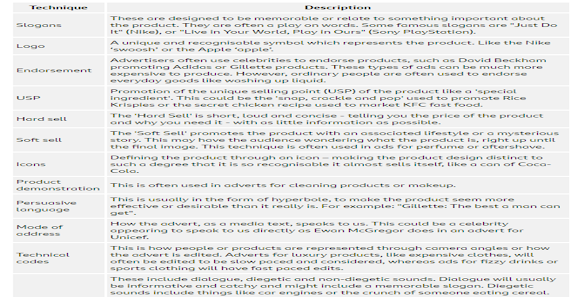Statement of intent
My idea for my 4 TV adverts will show my Sci-Fi and Horror TV channel(Jump scares and Spaceships) as somewhere where casual fans can enjoy both genres without having to worry about hard-core fans ruining their fun. I will symbolise this casual nature by having two reoccurring characters, Dave who is the casual fan that just wants to watch the movie and Kent the Sci-Fi and Horror nerd who comes across as an elitist because they enjoy indie and/or niche films. I will be using the names of popular and current movies/TV shows to get the attention of the casual watchers and I will play on the typical conventions of stereotypical nerds and popular kids. The intertextual references will be established through subtle references through speech between characters as common phrases such as 'may the force be with you' or 'Do you want to play a game' references that normal people may not know unless they are a fan of the genre. I will use comedy to establish the casual nature of t
